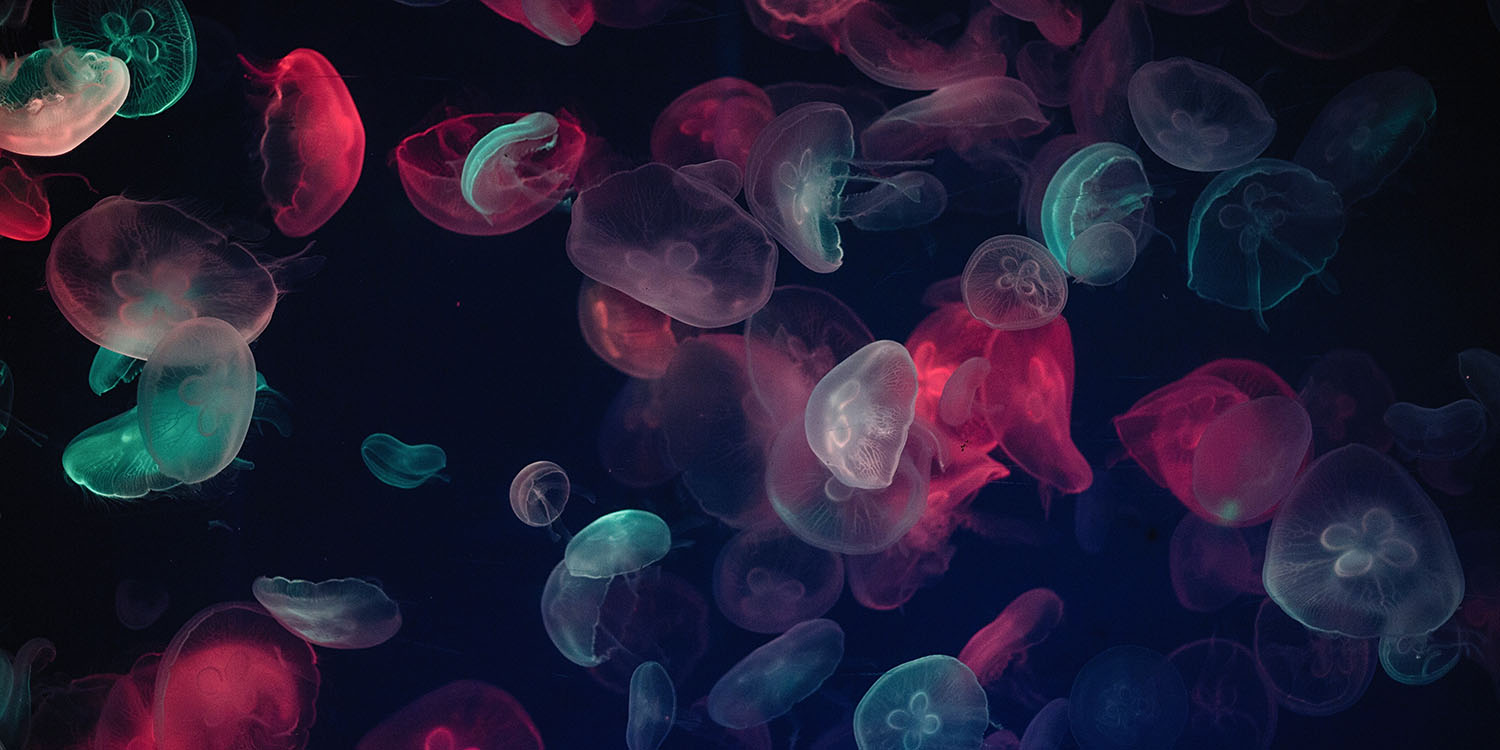
We’ve been hearing consistent reports that the first iPad Pro OLED screens will use an advanced process designed to make them brighter, as well as boosting their longevity. This is backed today by a new report that LG has now reached a new milestone in its work on the screen tech for Apple, following Samsung’s lead.
We’re expecting the first iPad OLED screens to differ from iPhone ones in two main ways …
Advanced iPad Pro OLED screens
Next year’s iPad Pro OLED models are expected to combine two new forms of display technology.
Hybrid glass/plastic displays
First, they will use hybrid screens, which combine rigid glass and flexible plastic elements.
The first OLED screens were rigid ones, with a glass substrate. Today, most smartphones – including iPhones – use polyimide films in place of glass. Polyimide film offers a number of significant advantages over glass, including lower cost, easier production processes, lightness, and flexibility.
Although we think of flexible OLED as being useful for curved screens and folding ones, it also makes possible the ultra-thin bezels seen on modern iPhones. The display extends beyond the visible area, and curves back inside the casing, hiding the non-usable edge areas.
But Apple was concerned that on larger iPad and MacBook screens, a flexible screen might show visible signs of warping. For that reason, it plans to combine the two types of tech in a hybrid panel.
Twin-layer displays
Second, we’re expecting Apple to use a tech known as two stack tandem OLED.
Single-stack displays have one red, green, and blue layer, while two-stack tandem OLED has a second RGB layer. Two layers stacked in tandem increases the brightness of the screen, while also increasing longevity – an important consideration for devices that tend to be kept for longer periods than iPhones. These are expected to be used for both iPad Pro and MacBook Pro models.
OLED MacBook Air models, in contrast, are expected to use cheaper single-stack screens.
After Samsung, LG milestone achieved
Early reports suggested that while Samsung had the lead in these new technologies, rival LG was also working on the tech. Today’s report in The Elec says that LG has now hit a key milestone – developing the etching process needed to manufacture the displays.
LG Display has begun developing a new etching technology for OLED panels that will be supplied to Apple, TheElec has learned.
The technology is being prepared by the company to launch a so-called hybrid OLED panel, which uses a glass substrate like a rigid OLED panel but uses thin-film encapsulation (TFE) like that of a flexible OLED panel.
Apple is planning to use OLED panels with two emission layers, also known as two stack tandem, and low-temperature polycrystalline oxide (LTPO) thin-film transistors (TFT).
LG Display already makes two stack tandem OLED panels though they are for automobiles. Samsung Display is ahead of the pack in LTPO OLED panels, having already made most of them for Apple to use in iPhones.
FTC: We use income earning auto affiliate links. More.




Comments